An Evaluation of the Capability of the NARX Neural Network in Predicting Ground Water Level Changes †
Abstract
:1. Introduction
2. Materials and Methods
2.1. Study Area and Data Set
2.2. Non-Linear Autoregressive with Exogenous Inputs (NARX)
2.3. Evaluation Criteria
3. Results and Discussion
4. Conclusions
Author Contributions
Funding
Institutional Review Board Statement
Informed Consent Statement
Data Availability Statement
Conflicts of Interest
References
- Tao, H.; Hameed, M.M.; Marhoon, H.A.; Zounemat-Kermani, M.; Heddam, S.; Kim, S.; Sulaiman, S.O.; Tan, M.L.; Sa’adi, Z.; Mehr, A.D.; et al. Groundwater level prediction using machine learning models: A comprehensive review. Neurocomputing 2022, 489, 271–308. [Google Scholar] [CrossRef]
- Nourani, V.; Mogaddam, A.A.; Nadiri, A.O. An ANN-based model for spatiotemporal groundwater level forecasting. Hydrol. Process. Int. J. 2008, 22, 5054–5066. [Google Scholar] [CrossRef]
- Zhao, Y.; Li, Y.; Zhang, L.; Wang, Q. Groundwater level prediction of landslide based on classification and regression tree. Geod. Geodyn. 2016, 7, 348–355. [Google Scholar] [CrossRef]
- Sadat-Noori, M.; Glamore, W.; Khojasteh, D. Groundwater level prediction using genetic programming: The importance of precipitation data and weather station location on model accuracy. Environ. Earth Sci. 2020, 79, 37. [Google Scholar] [CrossRef]
- Zhang, J.; Zhang, X.; Niu, J.; Hu, B.X.; Soltanian, M.R.; Qiu, H.; Yang, L. Prediction of groundwater level in seashore reclaimed land using wavelet and artificial neural network-based hybrid model. J. Hydrol. 2019, 577, 123948. [Google Scholar] [CrossRef]
- Jalalkamali, A.; Sedghi, H.; Manshouri, M. Monthly groundwater level prediction using ANN and neuro-fuzzy models: A case study on Kerman plain, Iran. J. Hydroinform. 2011, 13, 867–876. [Google Scholar] [CrossRef]
- Kaya, Y.Z.; Üneş, F.; Demirci, M.; Taşar, B.; Varçin, H. Groundwater level prediction using artificial neural network and M5 tree models. In Proceedings of the 2018 Air and Water Components of the Environment Conference, Sovata, Romania, 15–17 March 2018; pp. 195–201. [Google Scholar]
- Di Nunno, F.; Granata, F. Groundwater level prediction in Apulia region (Southern Italy) using NARX neural network. Environ. Res. 2020, 190, 110062. [Google Scholar] [CrossRef] [PubMed]
- Ruiz, L.G.B.; Cuéllar, M.P.; Calvo-Flores, M.D.; Jiménez, M.D.C.P. An application of non-linear autoregressive neural networks to predict energy consumption in public buildings. Energies 2016, 9, 684. [Google Scholar] [CrossRef]
- Nash, J.E.; Sutcliffe, J.V. River flow forecasting through conceptual models part I—A discussion of principles. J. Hydrol. 1970, 10, 282–290. [Google Scholar] [CrossRef]
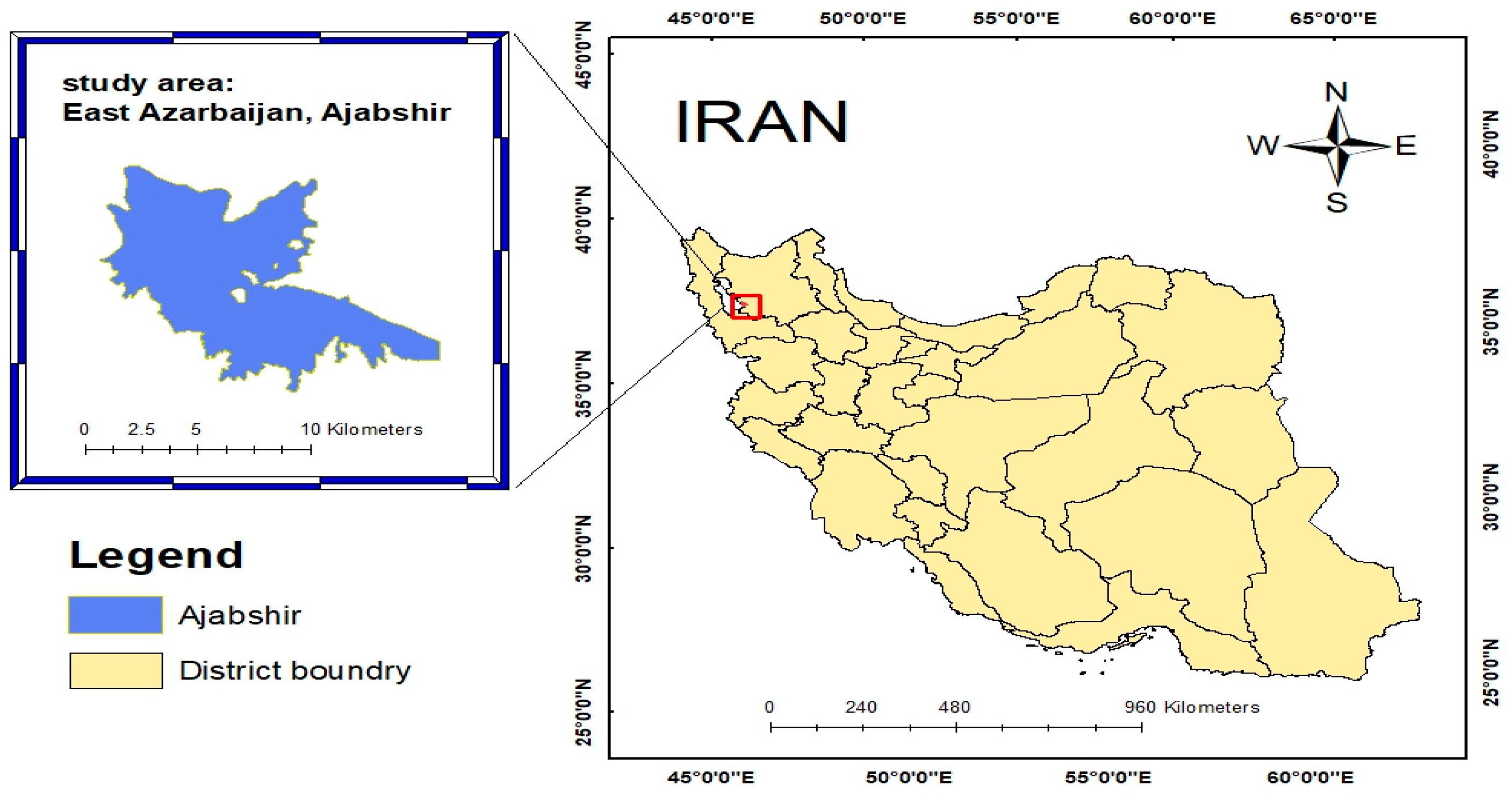
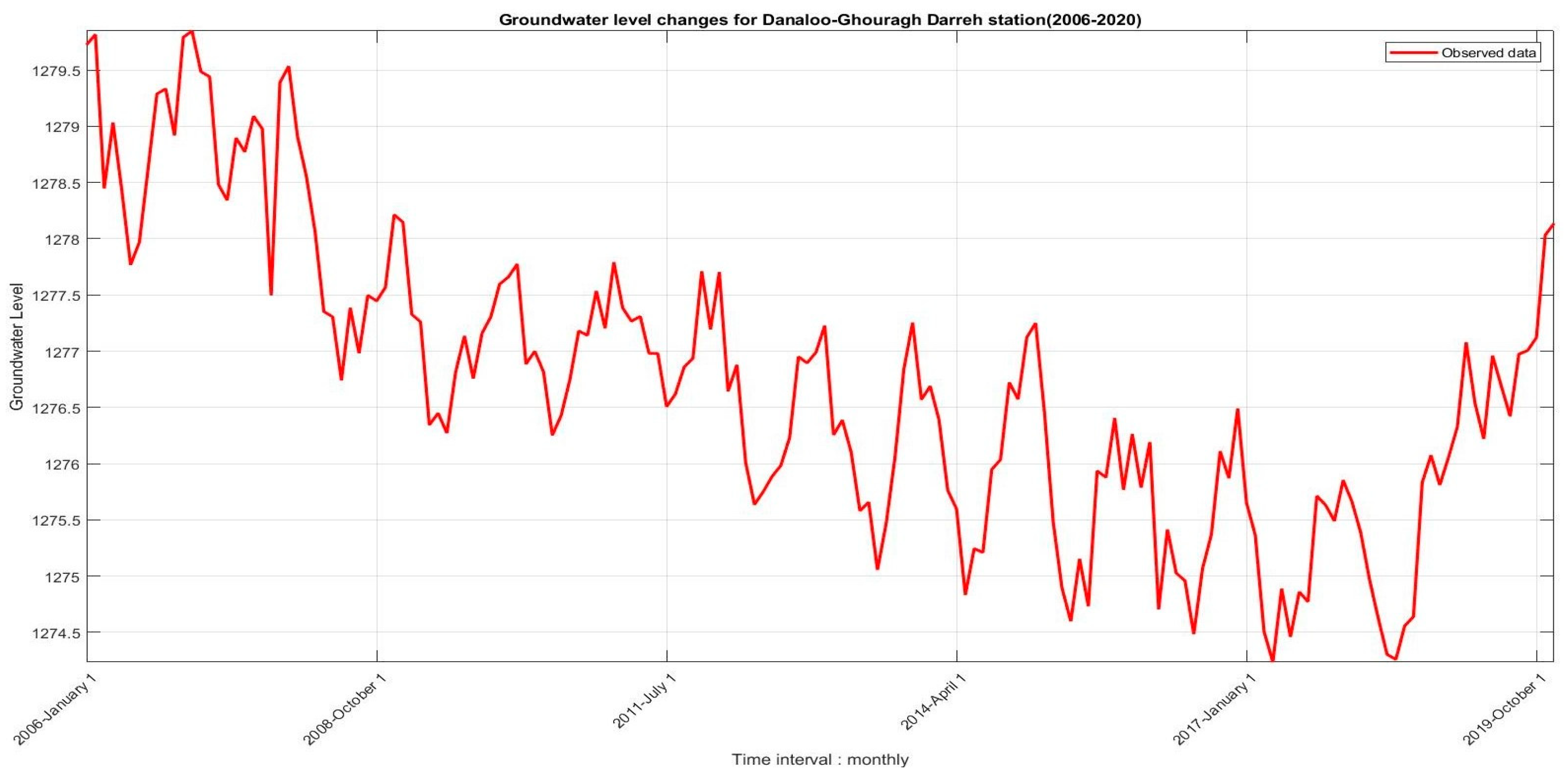
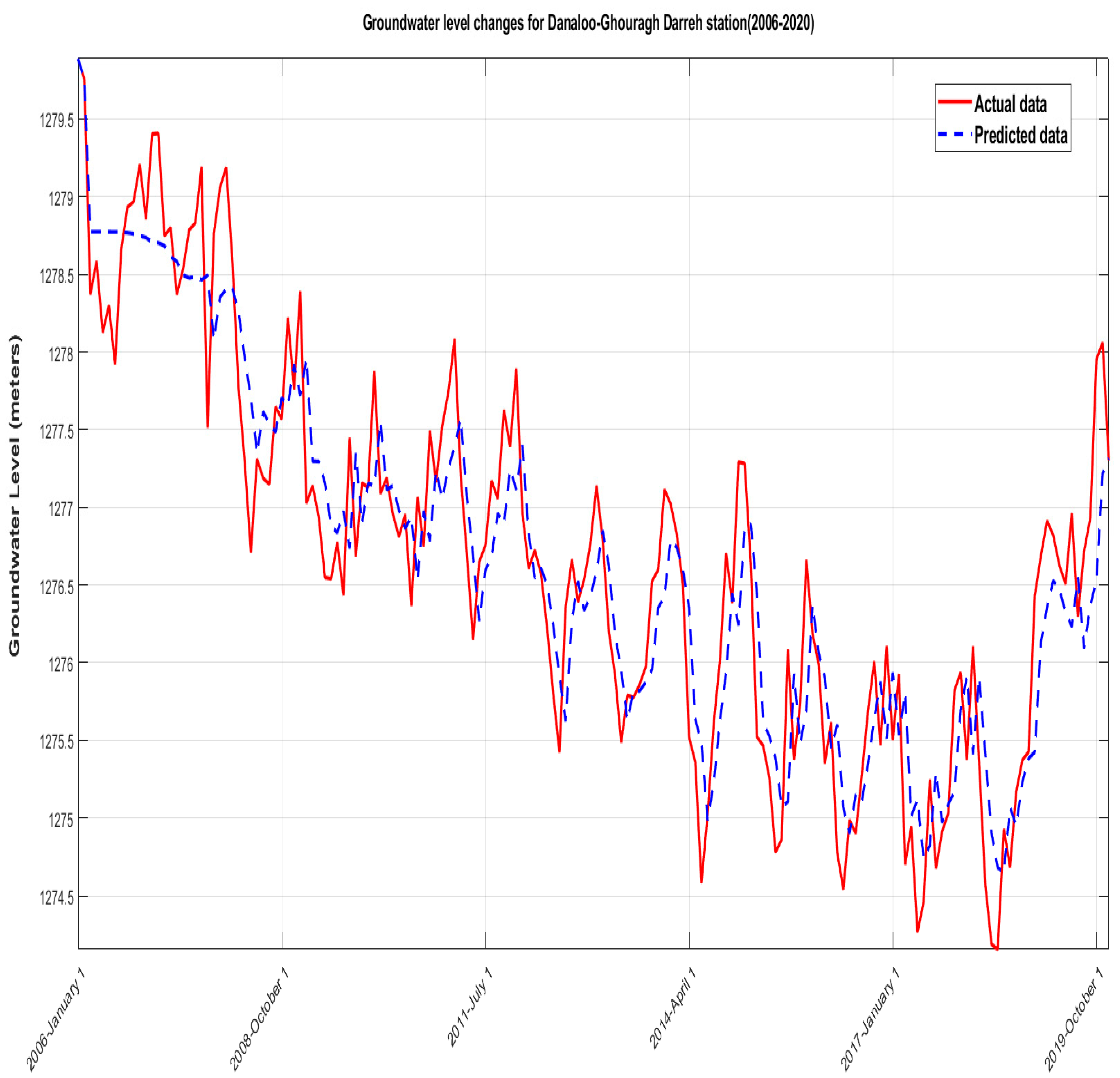
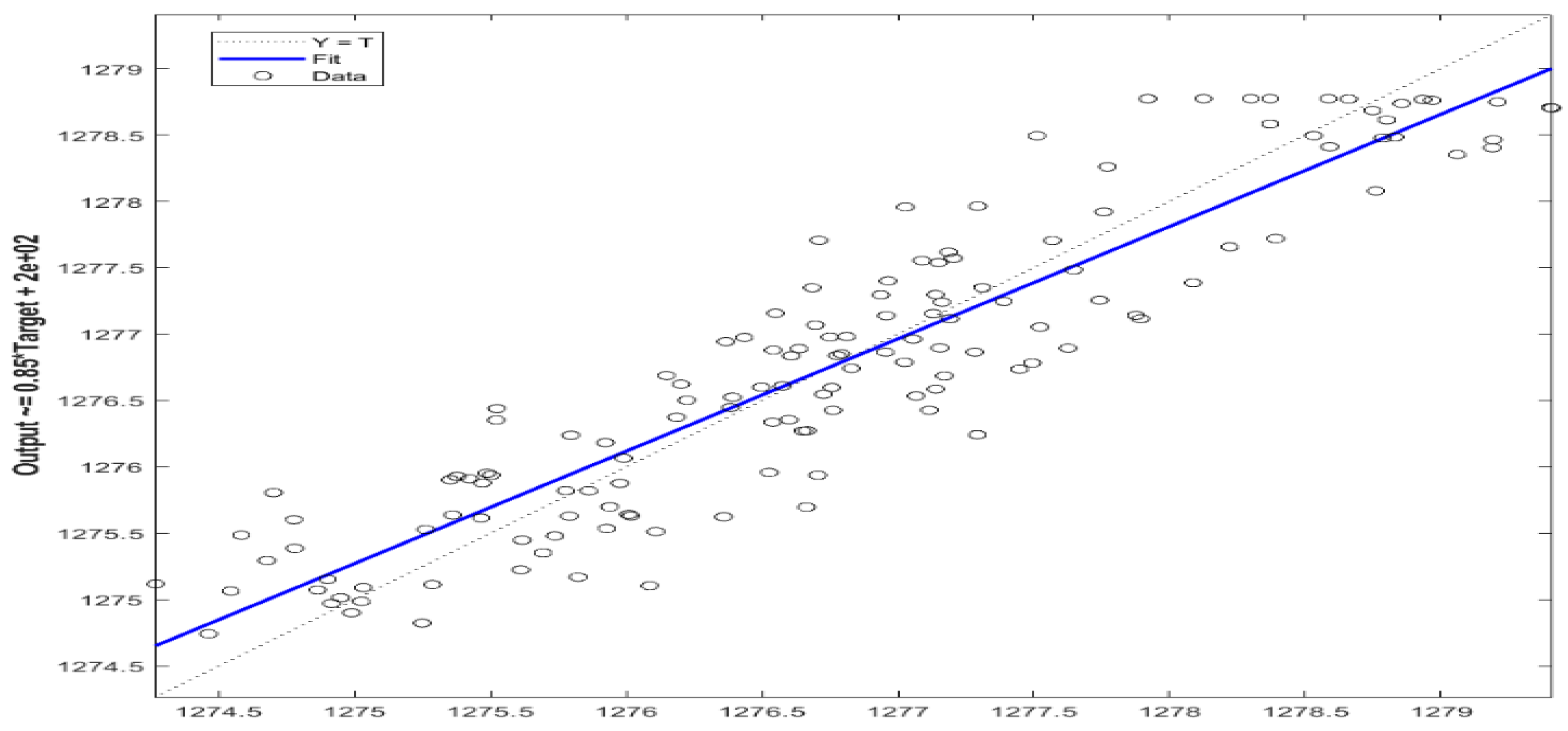
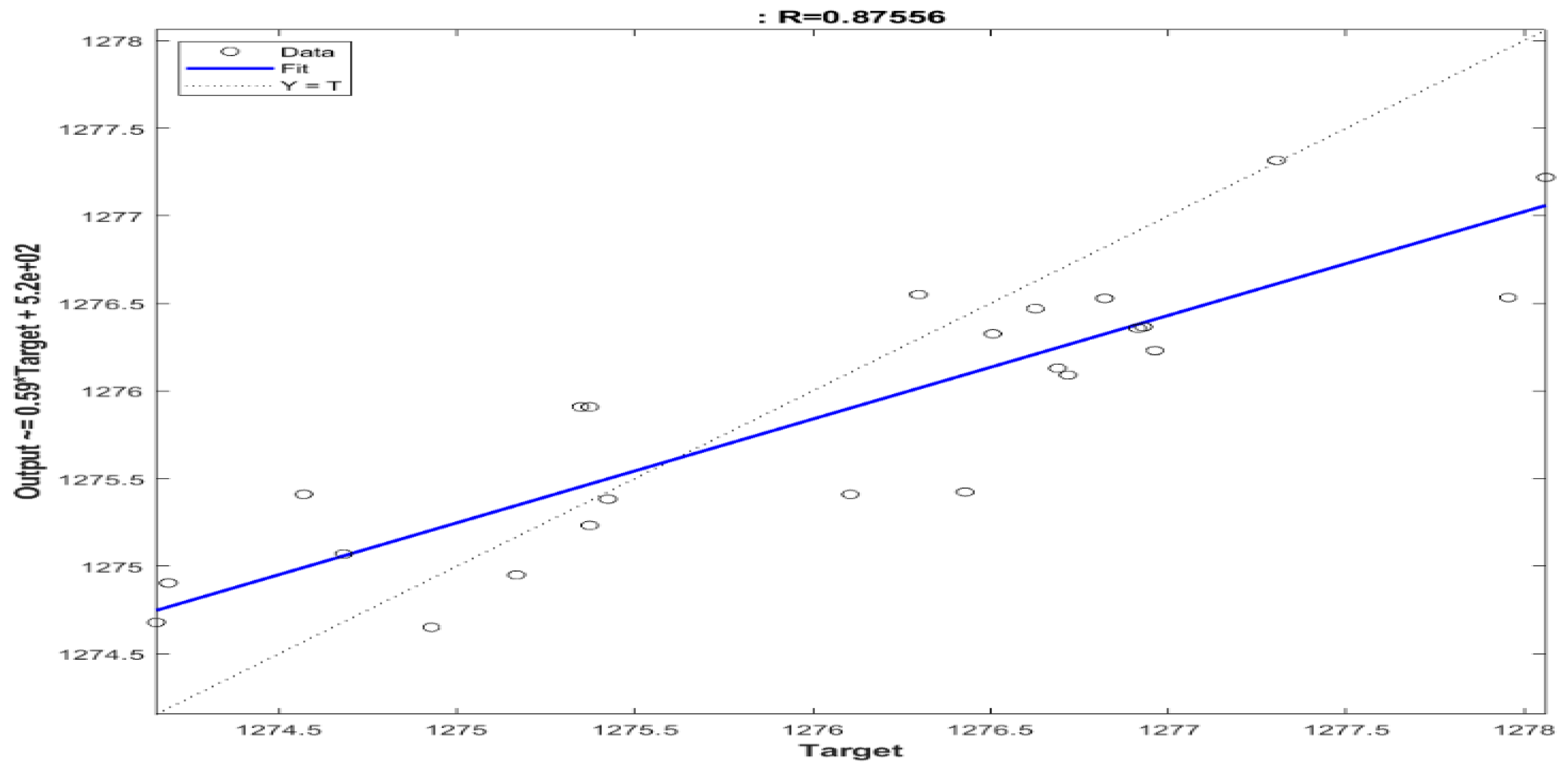
Disclaimer/Publisher’s Note: The statements, opinions and data contained in all publications are solely those of the individual author(s) and contributor(s) and not of MDPI and/or the editor(s). MDPI and/or the editor(s) disclaim responsibility for any injury to people or property resulting from any ideas, methods, instructions or products referred to in the content. |
© 2023 by the authors. Licensee MDPI, Basel, Switzerland. This article is an open access article distributed under the terms and conditions of the Creative Commons Attribution (CC BY) license (https://creativecommons.org/licenses/by/4.0/).
Share and Cite
Salehi, A.H.; Hosseinchi, A.; Bejani, M.; Alipour, M.; Khosroshahi, A.I.; Asl, K.B. An Evaluation of the Capability of the NARX Neural Network in Predicting Ground Water Level Changes. Eng. Proc. 2023, 56, 95. https://doi.org/10.3390/ASEC2023-15257
Salehi AH, Hosseinchi A, Bejani M, Alipour M, Khosroshahi AI, Asl KB. An Evaluation of the Capability of the NARX Neural Network in Predicting Ground Water Level Changes. Engineering Proceedings. 2023; 56(1):95. https://doi.org/10.3390/ASEC2023-15257
Chicago/Turabian StyleSalehi, Arman Hosseinpour, Amin Hosseinchi, Mohammad Bejani, Mahdi Alipour, Ali Ilghami Khosroshahi, and Khalil Bakhtiari Asl. 2023. "An Evaluation of the Capability of the NARX Neural Network in Predicting Ground Water Level Changes" Engineering Proceedings 56, no. 1: 95. https://doi.org/10.3390/ASEC2023-15257
APA StyleSalehi, A. H., Hosseinchi, A., Bejani, M., Alipour, M., Khosroshahi, A. I., & Asl, K. B. (2023). An Evaluation of the Capability of the NARX Neural Network in Predicting Ground Water Level Changes. Engineering Proceedings, 56(1), 95. https://doi.org/10.3390/ASEC2023-15257





